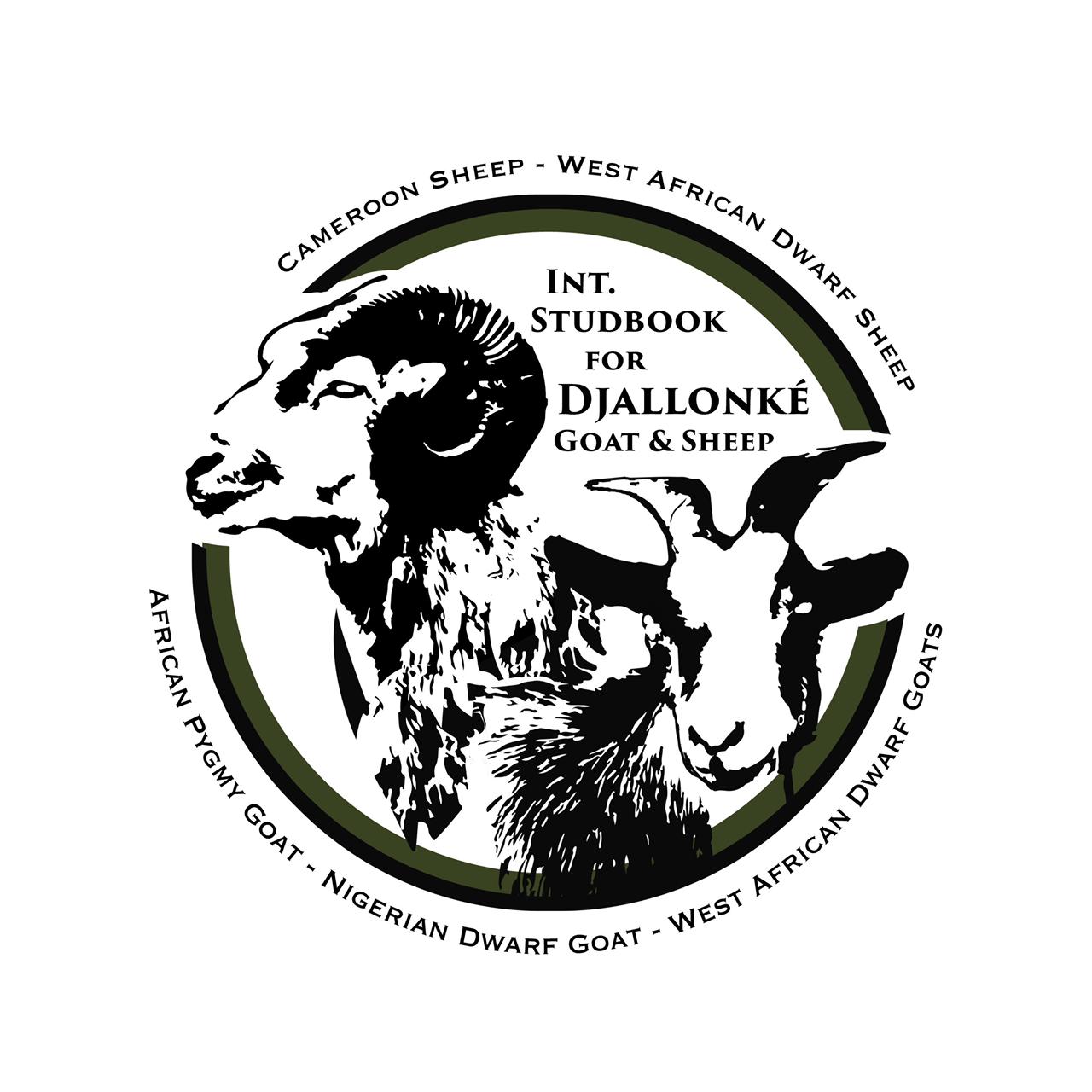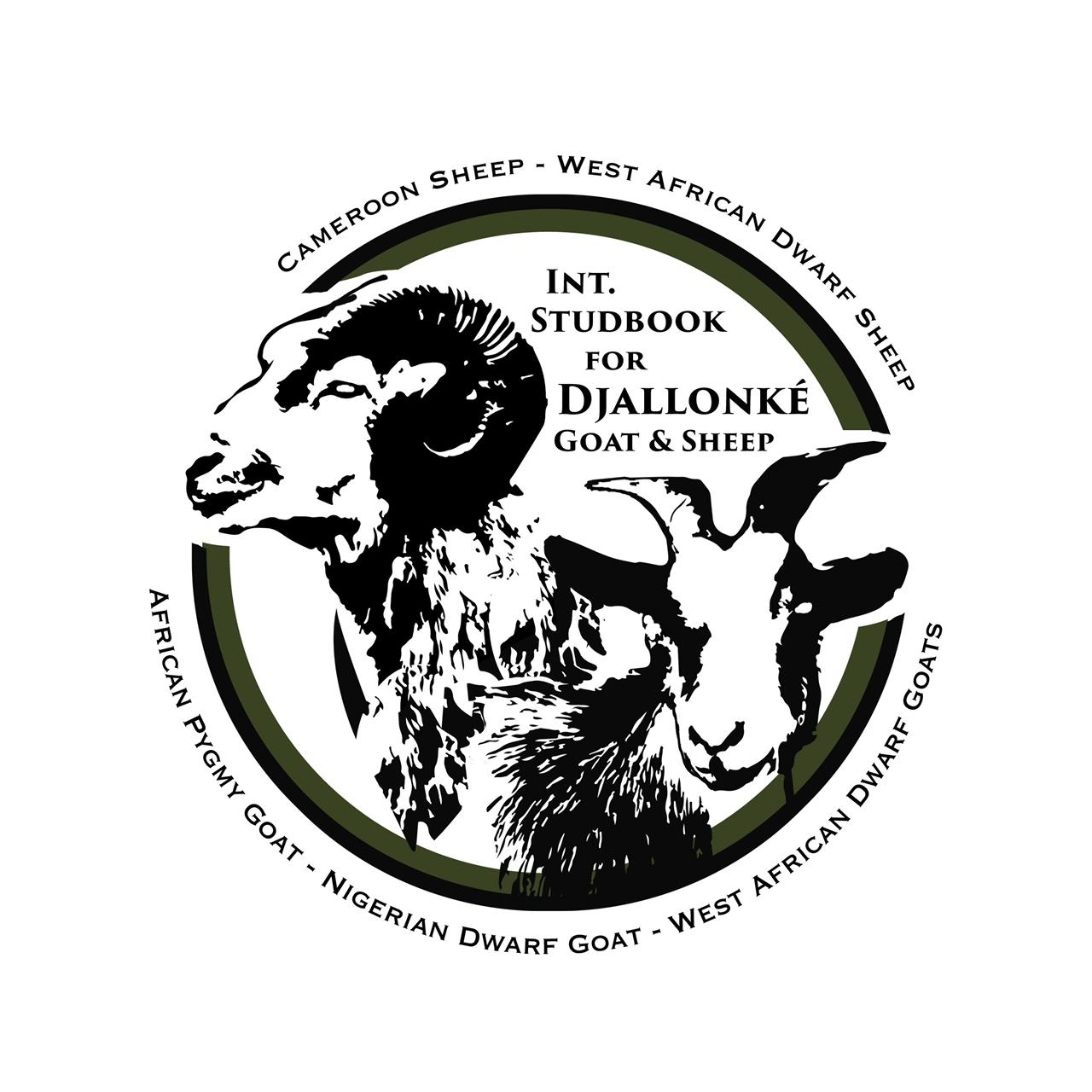Frequently asked questions.
What do the abbreviations in pedigrees stand for?
- ACE of ACES = Aces are breeding animals with an extremely well performance record. "ACE of ACES" are the best of the best.
- EGP = Animal has been inducted in the "ELITE GENETICS PROGRAM"
- DNA-P = or "deoxyribonucleic acid", is the hereditary material in almost all organisms. "P" means that the hereditary material of the animal in question has been profiled.
- Bellewaerde tracing = In the 1990's surplus Cameroon (Djallonké) sheep were sold by a former head zookeeper of the Belgian amusement and animal park "Bellewaerde Park" to private individuals in the region around Ypres, the Westhoek of Flanders. The origin of the animal in question comes directly from these animals.
- EAZA95 tracing = The origin of the animal in question comes directly from animals from the "European Association of Zoos and Aquaria". Those descended from purebred animals before the year 1995 when blood pollution started in the EAZA population in Germany.
- CH = Champion
- Int.CH = International Champion
- ROY = International Ram of the Year
- BOY = International Buck of the Year
- ROM = "Register of Merit" is a title that is given to a ram, buck, ewe or a doe that has produced champions. To become ROM, a male must produce at least four CH and a female must produce at least three. Each animal gets a point for each CH they produce and get an additional point if any of these registered champions (AFRICA or EUROPE) go on to become international champions (in two continents).
- POR = "Producer Of Records", is given for producing winners. Get the POR title after obtaining 5 points by at least two different offspring.
- +1 point; EGP inductee, Best studbook entry, Best ram lam or ewe lam in show, Best buckling or doeling in show
- +3 points; 2nd place at a Championship
- +2 points; 3rd place at a Championship
- +5 points; Champion
- +10 points; Int.Champion
- +10 points; ROY or BOY
- +25 points; POR
- POR-POR = A POR title carrier that has more than one POR title carrier as progeny.
- FS = Foundation Sire
- FD = Foundation Dam
What is a Narrow Horn Set?
Horn set that is close to the head. They will be close to the cheek at maturity. As the horn continues to grow in width, it will crush the facial bones or grow into the skin causing infection. This may be heritable in the naturally two-horned ram, i.e. horns not formed by the fusing of four horns. In the four-horned ram the lower set may curl in towards the face, neck or jaw. This may be a heritable trait, or it may occur as a result of injury to the lower horn during the lamb’s first 6 to 9 months of age.
What means Polled?
Having naturally no horns.
What means Scur?
Scurs are incompletely developed horns which are generally loose and moveable beneath the skin, not attached to the skull. They range in size from small scab-like growths to occasionally almost as large as horns. Because the gene for scurs is transmitted separately, it has no effect on the presence or absence of horns.
What body of people are setting the standard and how are they coming to that standard?
The Djallonké (Cameroon sheep) sheep ranges from Senegal all the way to Botswana. And this in 14 countries in Africa. During colonial administration but also in the past 50years after the independence of many countries, National Agricultural and Livestock Research Institutes have documented the breed. Going from breeding data, body measurements, phenotype listing, genetic tests... All this data has been compared and saved in the databases of the International Livestock Research Institute (ILRI) (an international agricultural research institute within the CGIAR – formerly the Consultative Group for International Agricultural Research) backed by the Food and Agriculture Organization of the United Nations (FAO). Which are the second highest and highest Agricultural monitoring bodies in the world.
(The which all 193 members within the UN have ratified.) When a certain breed occurs in multiple locations in Africa and has the same appearance and genetics. Then it is agreed among the member states's research stations to record these general characteristics as breed standard.


